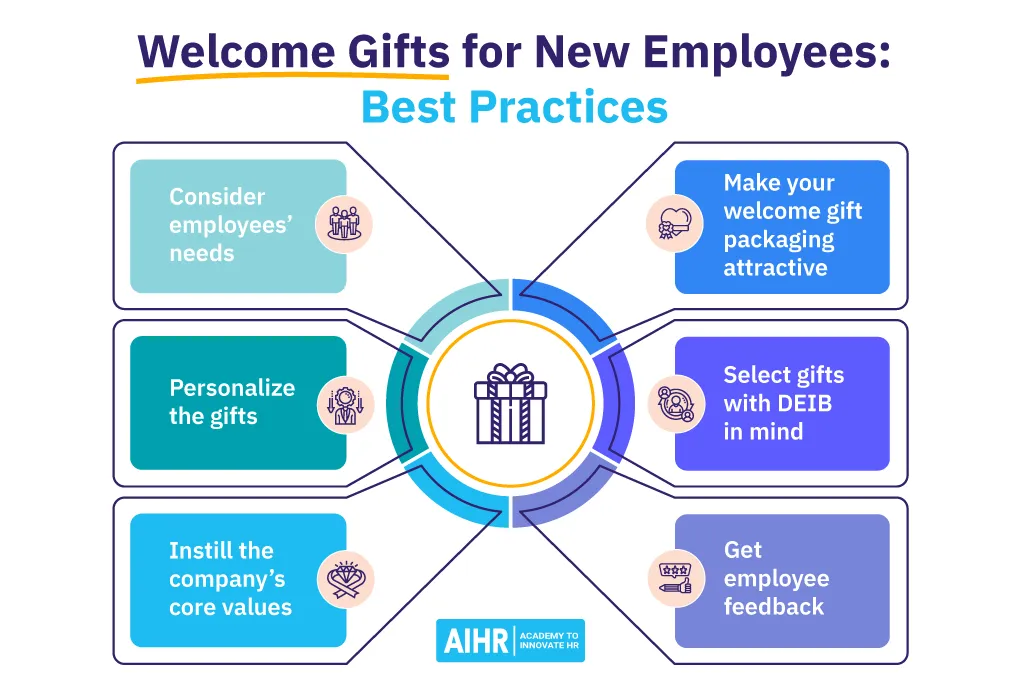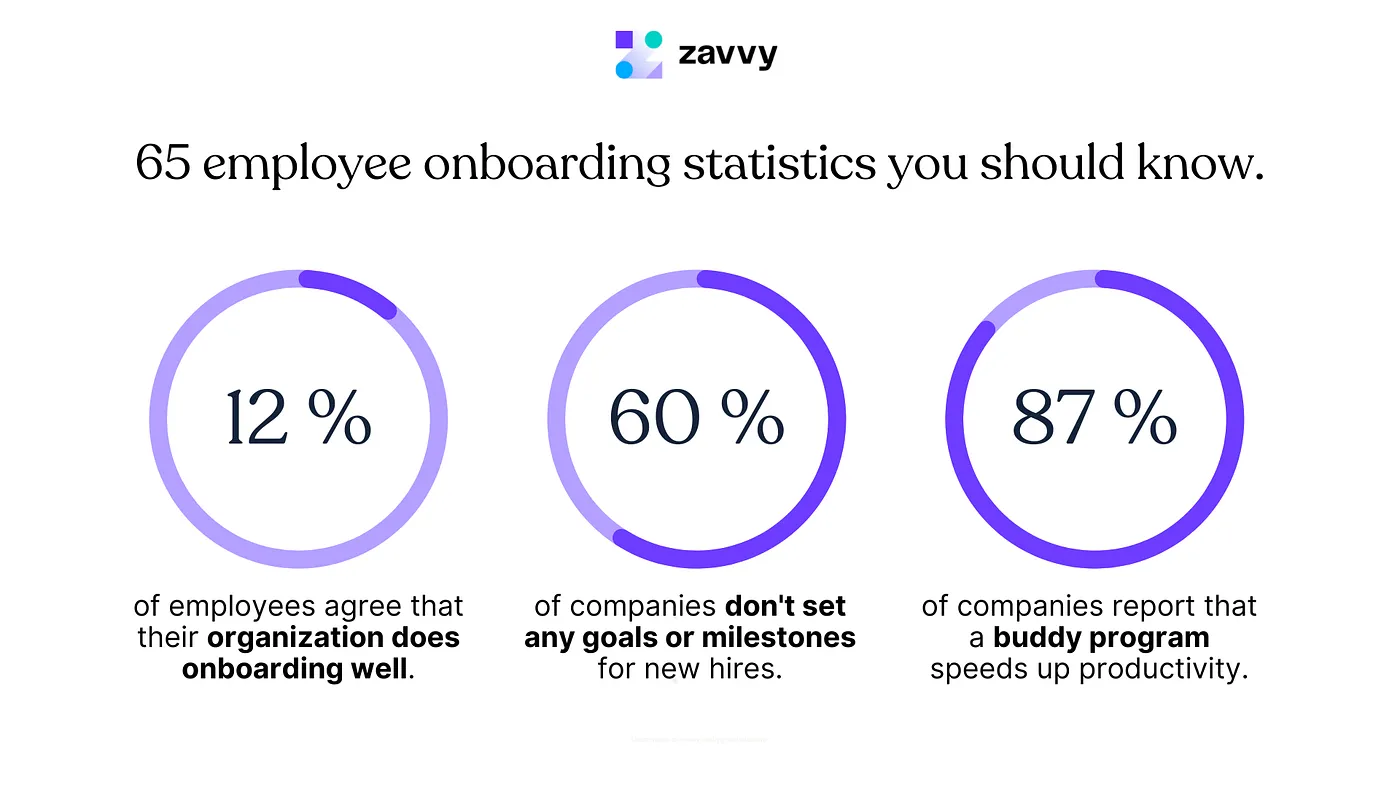12 Ways To Make Remote Onboarding Feel Effortless And Welcoming

Remote onboarding can feel like trying to welcome someone into your house while standing on opposite sides of a locked door.
You want them to feel at home. You want them excited. But the distance makes everything harder.
Most companies treat remote onboarding like a checklist.
Send the laptop.
Schedule the Zoom calls.
Hope for the best.
That approach leaves new hires feeling isolated, confused, and wondering if they made the right choice.
The gap between a great remote onboarding experience and a mediocre one comes down to intentional design. It's about creating moments of connection, clarity, and confidence from day negative-seven through day ninety.
1. Set Clear Pre-Day-One Expectations
Ambiguity kills momentum before the first day even arrives. When new hires don't know what's coming, anxiety fills the void. Send a detailed pre-boarding email at least a week before their start date outlining what they'll need, who they'll meet, and what their first week looks like.
Include specifics: meeting times, required software, team introductions, and even what to wear on video calls if your culture has norms. This clarity reduces time to productivity and lets them show up ready to contribute instead of scrambling to catch up. Pre-day-one communication transforms nervous anticipation into confident preparation.
2. Ship a Thoughtful Welcome Kit

A physical package arriving at their door sends a powerful message: you're already part of this team. According to Sendoso's 2023 Gifting Report, 80% of recipients feel more connected to a company after receiving a welcome gift. Skip the generic branded mug. Include items that reflect your culture and help them work better:
- Company swag they'll actually wear
- A handwritten note from their manager or team
- Local snacks or coffee from your company's hometown
- High-quality headphones or desk accessories
- A field guide to your team's inside jokes and traditions
The unboxing experience creates an emotional connection that a Slack message never will.
3. Create a Frictionless First-Day Setup
Nothing deflates excitement faster than spending six hours troubleshooting login credentials. Technical friction on day one screams "we weren't ready for you." Provision all accounts, tools, and access permissions at least 48 hours before their start date. Send login instructions with step-by-step screenshots.
Test every link. Schedule a 15-minute tech check call on day one to catch any hiccups immediately. When new hires can dive into meaningful work instead of wrestling with IT tickets, they feel valued and capable. First impressions are formed in the first hour, not the first week.
4. Standardize a 30/60/90-Day Success Plan
Wandering through onboarding without a roadmap breeds confusion and missed expectations. A structured success plan gives new hires clarity on what progress looks like at each milestone. Break down specific goals, learning objectives, and deliverables for each 30-day increment.
At 30 days, they should understand your systems and culture. At 60 days, they're contributing independently. At 90 days, they're fully ramped and adding strategic value.
| Timeline | Focus Area | Success Indicators |
|---|---|---|
| 0-30 Days | Learning & Integration | Completed training modules, met all team members, understands core processes |
| 31-60 Days | Independent Contribution | Owns specific projects, requires minimal guidance, identifies improvement opportunities |
| 61-90 Days | Strategic Impact | Delivers results autonomously, mentors newer team members, contributes to team strategy |
This framework eliminates guesswork and creates accountability on both sides.
5. Pair Each Hire With a Dedicated Buddy

Managers can't be everywhere, and formal channels don't answer the "dumb" questions new hires are afraid to ask. A peer buddy becomes their go-to person for everything from "where do we store templates?" to "is it okay to decline this recurring meeting?" Research from BambooHR shows that employees with buddies are 87% more satisfied with their onboarding experience.
Choose buddies who are genuinely helpful, not just whoever has capacity. Set clear expectations: weekly check-ins for the first month, then bi-weekly through day 90. This relationship often becomes the new hire's strongest connection to company culture.
6. Run an Engaging, Bite-Sized Virtual Orientation
Death by Zoom presentation is real, and your new hire is experiencing it during orientation. Instead of a four-hour marathon covering everything from benefits to company history, break orientation into digestible 30-minute sessions spread across the first week. Use interactive elements: polls, breakout rooms, live Q&A, virtual office tours. Record everything so they can revisit it later.
Focus each session on one topic they actually need to understand right now. Benefits and payroll? Day one. Company history and values? Day three. Product deep dive? Day five. Spacing out content improves retention and prevents the glazed-over stare that comes from information overload.
7. Personalize Role-Specific Learning Paths
Generic training wastes time and signals you didn't think about their actual job. While company-wide orientation covers basics, role-specific learning should start immediately. Create customized paths based on their position, department, and experience level. A senior engineer needs different resources than a junior marketer. Use a simple framework:
- Week 1: Core tools and immediate job responsibilities
- Week 2-3: Department-specific processes and cross-functional collaboration
- Week 4+: Advanced skills and growth opportunities
Asana's workflow management features simplify building these learning paths by creating templated projects for each role. You can assign tasks, attach resources, and track completion without micromanaging. When training feels relevant, new hires engage instead of endure.
8. Build Natural Social Touchpoints (Not Awkward Icebreakers)
Forced fun feels forced, especially on video calls. Instead of cringe-worthy virtual happy hours where everyone stares awkwardly at their screens, create organic opportunities for connection. Schedule casual coffee chats where new hires can talk to teammates one-on-one about anything except work. Set up interest-based Slack channels where people bond over shared hobbies.
According to Buffer's 2024 State of Remote Work report, loneliness remains the biggest struggle for 23% of remote workers. Create a "Random Coffee" program that pairs people across departments monthly. Include new hires in existing team rituals like Friday wins shares or Monday motivation threads. Connection happens in repeated, low-pressure interactions, not manufactured team-building exercises.
9. Overcommunicate With Friendly Async Updates
Silence breeds doubt in remote environments. New hires interpret lack of communication as lack of interest or, worse, a sign they're failing. Managers should send brief async updates throughout the first 90 days checking in, celebrating progress, and reinforcing that they're on track. These don't need to be formal.
A quick Loom video saying "saw your first presentation, nice work on the data visualization" means everything. Create a simple cadence:
- Daily (Week 1): Morning message with the day's focus
- Every other day (Week 2-4): Quick check-in or encouragement
- Weekly (Month 2-3): Progress recap and upcoming priorities
This consistent communication tether prevents new hires from feeling adrift while respecting everyone's time.
10. Make Tools and Docs Effortlessly Discoverable
New hires spend an embarrassing amount of time hunting for basic information. Where's the brand guidelines? Who approves expense reports? What's the password for the team Netflix account? Notion streamlines knowledge management by creating a single source of truth that's searchable, organized, and always up-to-date. Build a comprehensive onboarding hub that includes everything from org charts to meeting norms to FAQ.
Use clear naming conventions and logical folder structures. Add a search function that actually works. Tag documents by department, role, and topic. When people can find answers in 30 seconds instead of asking around for 30 minutes, productivity skyrockets and frustration plummets.
11. Celebrate Early Wins and Milestones
Recognition fuels motivation, especially when everything feels new and overwhelming. Publicly acknowledge new hires' first contributions, no matter how small. Finished training? Celebrate it. Shipped their first project?
Make noise about it. Hit their 30-day mark? Recognize it. Create a "New Hire Wins" Slack channel where managers and peers can shout out accomplishments.
| Milestone | Recognition Idea |
|---|---|
| First Week Complete | Team-wide welcome message with fun facts about the new hire |
| First Project Shipped | Public kudos in all-hands meeting |
| 30 Days | Personalized video from their manager highlighting progress |
| 60 Days | Team lunch (virtual or in-person) in their honor |
| 90 Days | LinkedIn post celebrating their integration and early impact |
These moments create positive reinforcement loops and signal that people notice their progress.
12. Close the Loop With Continuous Feedback and Check-Ins
Onboarding doesn't end on day 90, and feedback shouldn't wait for annual reviews. Schedule structured check-ins at 2 weeks, 30 days, 60 days, and 90 days to gather honest input about their experience. Ask specific questions: What's working? What's confusing? What would have helped you ramp faster? Use their insights to improve onboarding for the next hire. Equally important, give them feedback on their performance frequently.
Don't let small course corrections wait until they become big problems. Create psychological safety where feedback flows both ways. When new hires feel heard and guided, they transform from uncertain newcomers into confident contributors who stick around.
Wrap Up
The difference between new hires who thrive and those who quietly job hunt three months in comes down to intentional onboarding design. Remote work removes the casual hallway conversations and osmosis learning that happened in offices. You have to engineer connection, clarity, and confidence.
Every welcome kit, every check-in, every celebration of small wins compounds into something bigger: a team member who feels genuinely valued. Companies that nail remote onboarding don't just fill positions faster. They build teams of people who actually want to be there. And that's the entire point.
